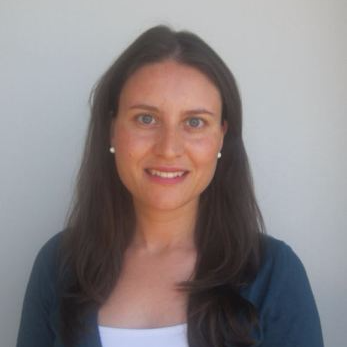Frontiers in Freshwater Ecology, Conservation and Water Treatment Technologies
A special issue of Applied Sciences (ISSN 2076-3417). This special issue belongs to the section "Environmental Sciences".
Deadline for manuscript submissions: closed (30 November 2022) | Viewed by 20375
Special Issue Editors
2. Laboratório Associado para a Sustentabilidade e Tecnologia em Regiões de Montanha (SusTEC), Instituto Politécnico de Bragança, Campus de Santa Apolónia, 5300-253 Bragança, Portugal
Interests: limnology; reservoirs; lakes and rivers; ecology; conservation and biodiversity; monitoring and management; water quality and freshwater ecosystems ecological integrity; anthropogenic Impacts; bioremediation, water efficiency and conservation
Special Issues, Collections and Topics in MDPI journals
2. Institute of Science and Environment, University of St. Joseph, Rua de Londres 106, Macao 999078, China
Interests: water and wastewater treatment; environmental biotechnology; environmental engineering; phytomanagement; bioremediation; phytoremediation; nature-based solutions; freshwater ecosystem conservation and restoration; education for sustainability
Special Issues, Collections and Topics in MDPI journals
Special Issue Information
Dear Colleagues,
Freshwater ecosystems are biodiversity ‘hotspots’ and offer a wide range of services to humanity, particularly in regards to water and food supplies, aesthetic, spiritual and scientific stimuli, and water purification. Despite the well-known importance of these ecosystems, they are threatened and face complex challenges. Indeed, freshwater habitats and existing water resources are rapidly being pushed towards their limits due to urban population growth, the rising demand for food and consumer goods, and pressures caused by pollution. Furthermore, climate change is causing changes to global average temperature, as well as variations in the patterns and intensity of precipitation, increasing the risks of more frequent droughts and floods, with the knock-on impact of compromising water quantity and quality. Therefore, the scope of this Special Issue is very broad; under the umbrella of “Frontiers in Freshwater Ecology and Conservation”, this special issue welcomes research in the format of original research papers, case studies, systematic reviews, and new insights addressing the following topics:
- Freshwater ecosystem conservation and management;
- Freshwater ecosystem services;
- Freshwater ecosystem restoration and rehabilitation;
- Freshwater biodiversity;
- Effects of climate change in freshwater ecosystems;
- Water quality monitoring;
- Water resources system models;
- Integrated assessment;
- Urban water management;
- Water footprint;
- Freshwater pollution and contaminants;
- Emerging contaminants in freshwater ecosystems;
- Nature based and other technological solutions for water treatment;
- Water circular economy;
- Water policy;
- Education and awareness;
- Other relevant topics related to the scope covered by this Issue.
Dr. Ana Maria Antão-Geraldes
Dr. Cristina Sousa Coutinho Calheiros
Guest Editors
Manuscript Submission Information
Manuscripts should be submitted online at www.mdpi.com by registering and logging in to this website. Once you are registered, click here to go to the submission form. Manuscripts can be submitted until the deadline. All submissions that pass pre-check are peer-reviewed. Accepted papers will be published continuously in the journal (as soon as accepted) and will be listed together on the special issue website. Research articles, review articles as well as short communications are invited. For planned papers, a title and short abstract (about 100 words) can be sent to the Editorial Office for announcement on this website.
Submitted manuscripts should not have been published previously, nor be under consideration for publication elsewhere (except conference proceedings papers). All manuscripts are thoroughly refereed through a single-blind peer-review process. A guide for authors and other relevant information for submission of manuscripts is available on the Instructions for Authors page. Applied Sciences is an international peer-reviewed open access semimonthly journal published by MDPI.
Please visit the Instructions for Authors page before submitting a manuscript. The Article Processing Charge (APC) for publication in this open access journal is 2400 CHF (Swiss Francs). Submitted papers should be well formatted and use good English. Authors may use MDPI's English editing service prior to publication or during author revisions.
Keywords
- freshwater ecosystem
- freshwater biodiversity
- water quality
- water management
- water footprint
- freshwater pollution and contaminants






